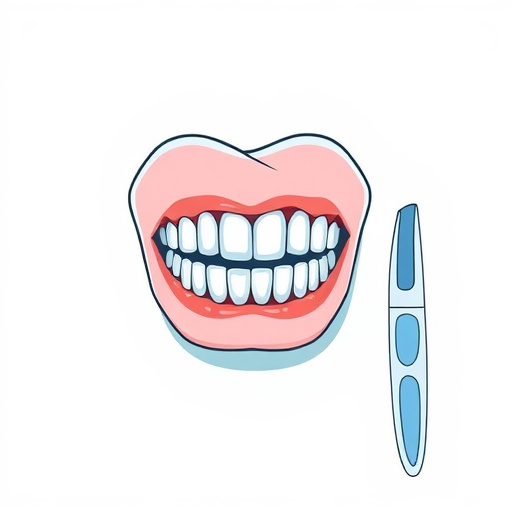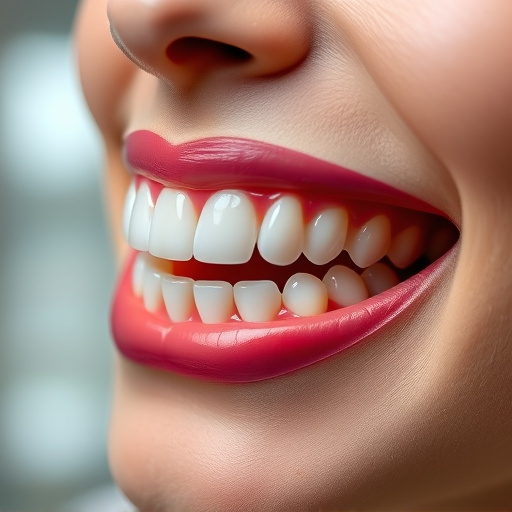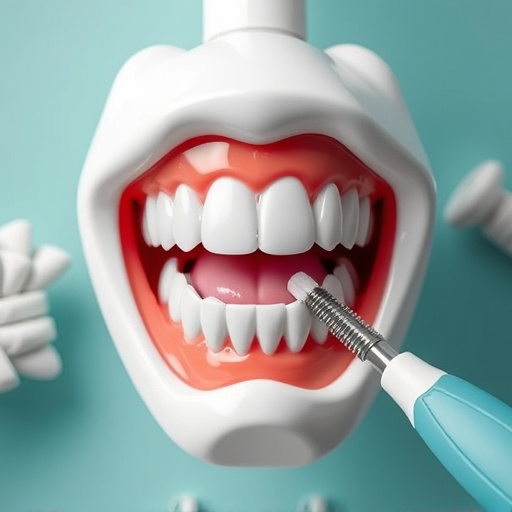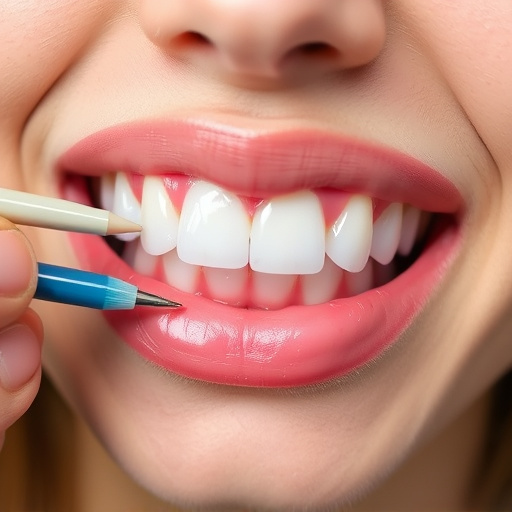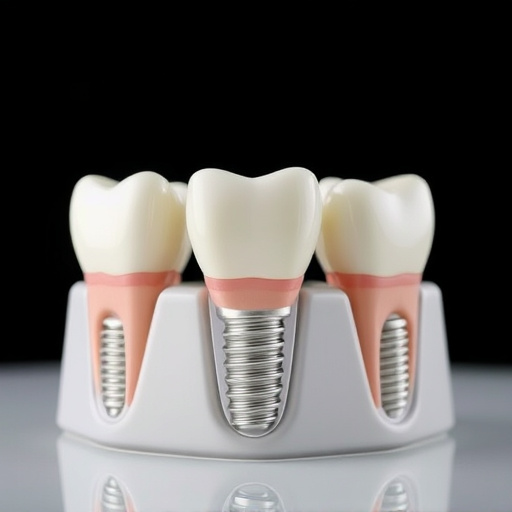When considering tooth replacement after wisdom tooth removal, dental crowns offer stability and prevent adjacent teeth shifting. Modern tooth replacement options like dental implants, cosmetic fillings, and bonding preserve natural smile architecture and oral health while catering to individual needs. These approaches minimize impact on surrounding structures, maintaining balance and aesthetics, and reducing future dental work requirements.
Looking to replace a missing tooth while preserving adjacent teeth? You’re not alone. Tooth replacement options have advanced significantly, with various methods designed to maintain oral health and structural integrity. This article explores strategies focused on preserving your natural teeth. We delve into popular techniques that offer effective, long-lasting solutions, ensuring both functionality and aesthetics. Discover how these modern tooth replacement options can transform your smile naturally.
- Understanding Tooth Replacement Options
- Preserving Adjacent Teeth: The Focus
- Popular Methods for Effective Replacement
Understanding Tooth Replacement Options
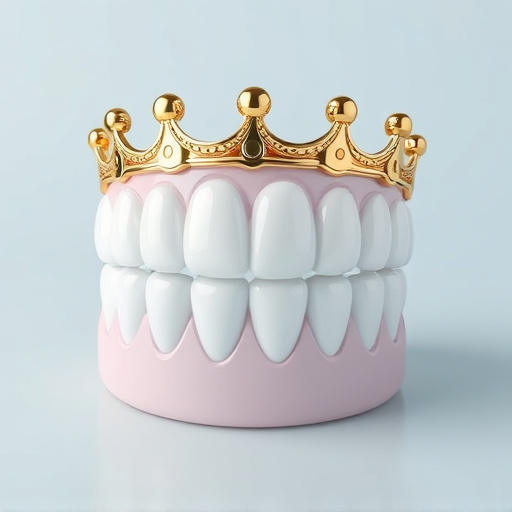
When considering tooth replacement options, it’s essential to understand the various procedures available that can preserve your adjacent teeth. This is particularly important when dealing with missing molars, often requiring wisdom tooth removal due to impaction or infection. In such cases, opting for a dental crown instead of a traditional bridge can be a wise choice. A dental crown, in essence, acts as a cap on the remaining healthy tooth structure, providing stability and preventing adjacent teeth from shifting.
This method is not only effective but also conservative, minimizing the need for extensive dental work. It offers a long-term solution that preserves the natural architecture of your smile and oral health. Moreover, understanding these tooth replacement options empowers patients to make informed decisions about their treatment plans, ensuring they receive the best care tailored to their specific needs.
Preserving Adjacent Teeth: The Focus
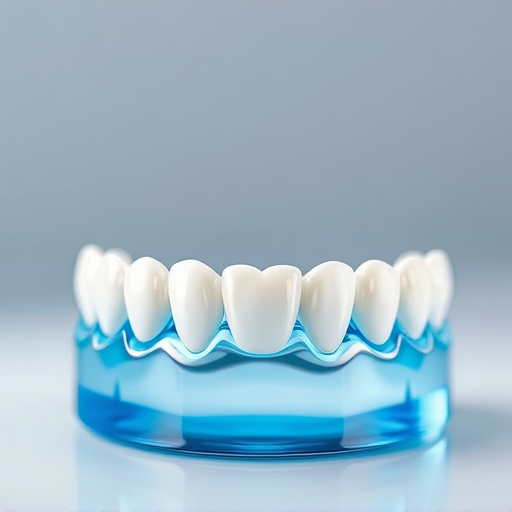
When exploring tooth replacement options, preserving adjacent teeth is a key consideration for several reasons. Each tooth plays a role in the overall structure and function of the smile, and removing or damaging nearby teeth can have unforeseen consequences. By focusing on tooth replacement methods that minimize impact on surrounding structures, like dental implants or carefully designed bridges, cosmetic dentistry specialists can help maintain the natural balance and aesthetics of the dentition.
This preservative approach goes beyond merely restoring functionality; it also preserves space for future teeth cleaning and oral health maintenance. In contrast to traditional options that might require cutting down adjacent healthy teeth for a bridge, modern tooth replacement techniques prioritize less invasive procedures. This not only reduces the risk of additional dental work but also promotes overall oral health and well-being.
Popular Methods for Effective Replacement
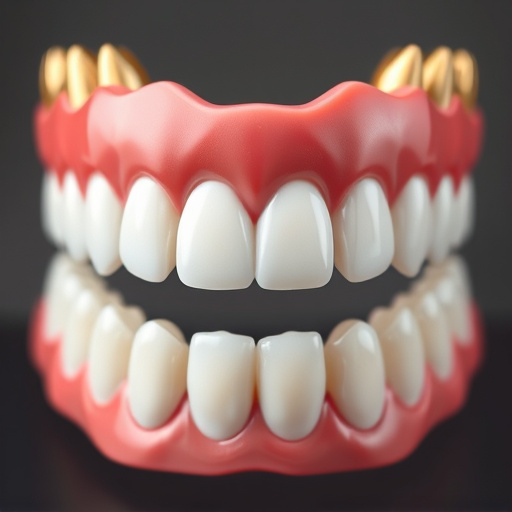
When it comes to effective tooth replacement options that preserve adjacent teeth, several popular methods have proven successful in modern dentistry. One widely used technique is dental implants, which serve as artificial roots fused with jawbone, securely holding dental crowns. This method not only replaces missing teeth but also helps maintain the structural integrity of surrounding teeth and bone.
Another preferred option for tooth repair is cosmetic fillings, offering a less invasive approach. These fillings can be made from various materials, including composite resins, which blend seamlessly with natural teeth. For milder cases or as an alternative to bonding, dental bonding is employed, where a resin material is bonded directly to the adjacent teeth for a more conservative solution. Each of these tooth replacement options has its advantages, catering to different needs and preferences while ensuring the health and aesthetics of your smile.
When exploring tooth replacement options, preserving adjacent teeth is a key consideration. By focusing on methods that minimize damage to surrounding structures, patients can achieve long-lasting solutions while maintaining oral health and aesthetics. Understanding the available options, such as dental implants and bridges, allows individuals to make informed decisions tailored to their unique needs, ensuring both functional and aesthetic restoration.










